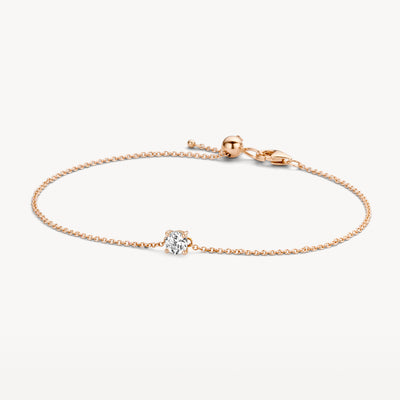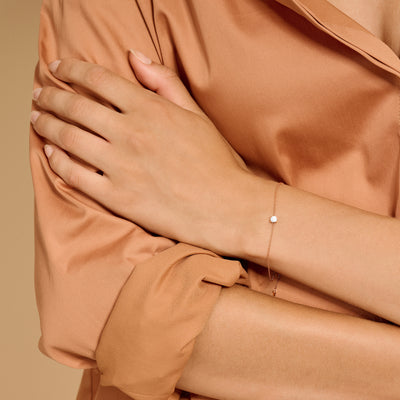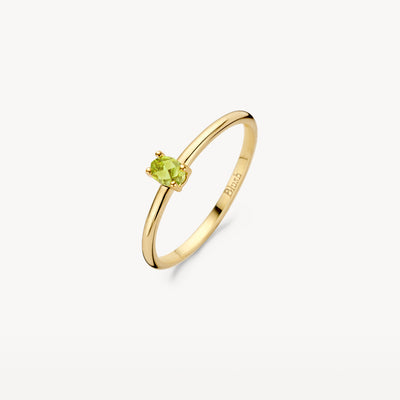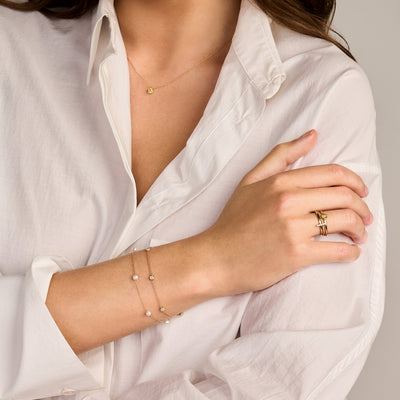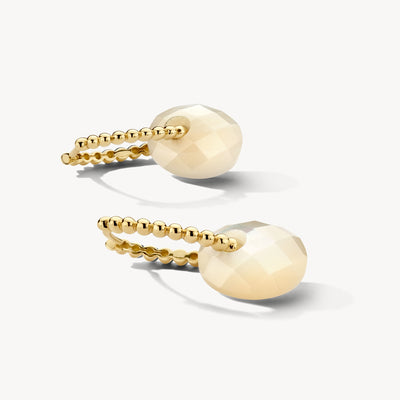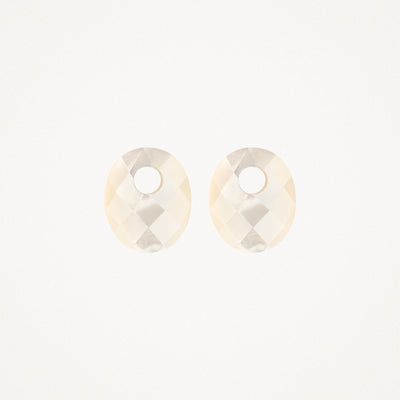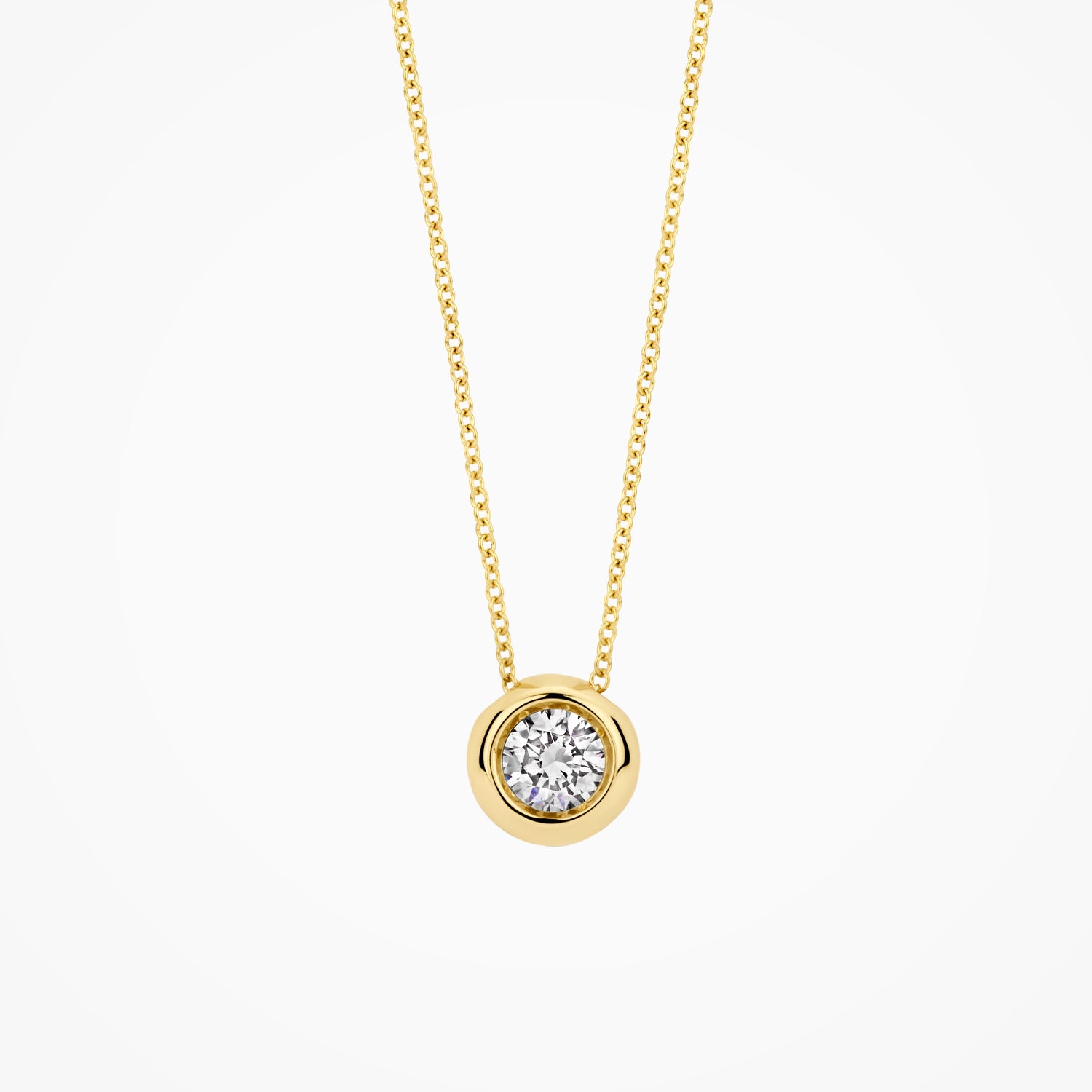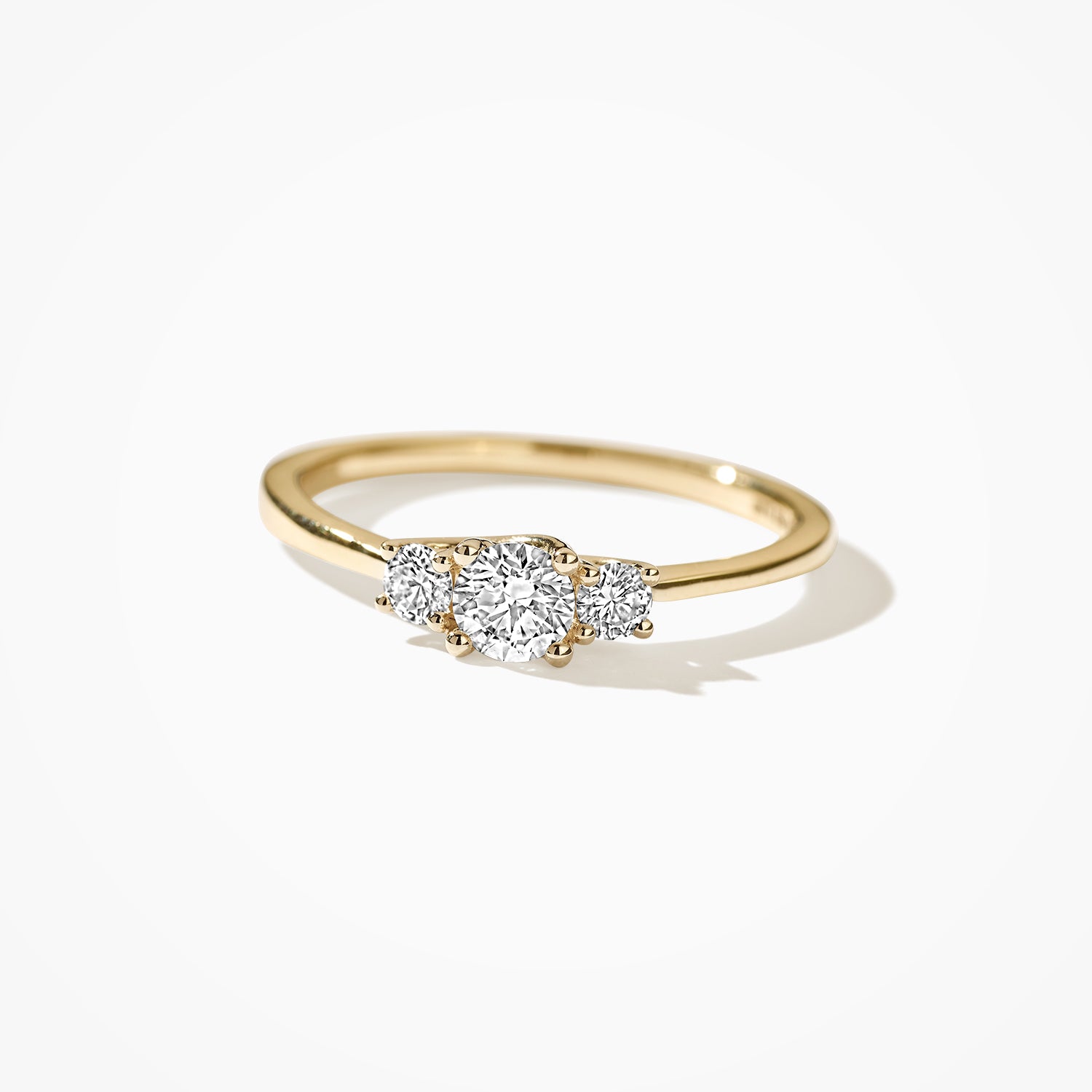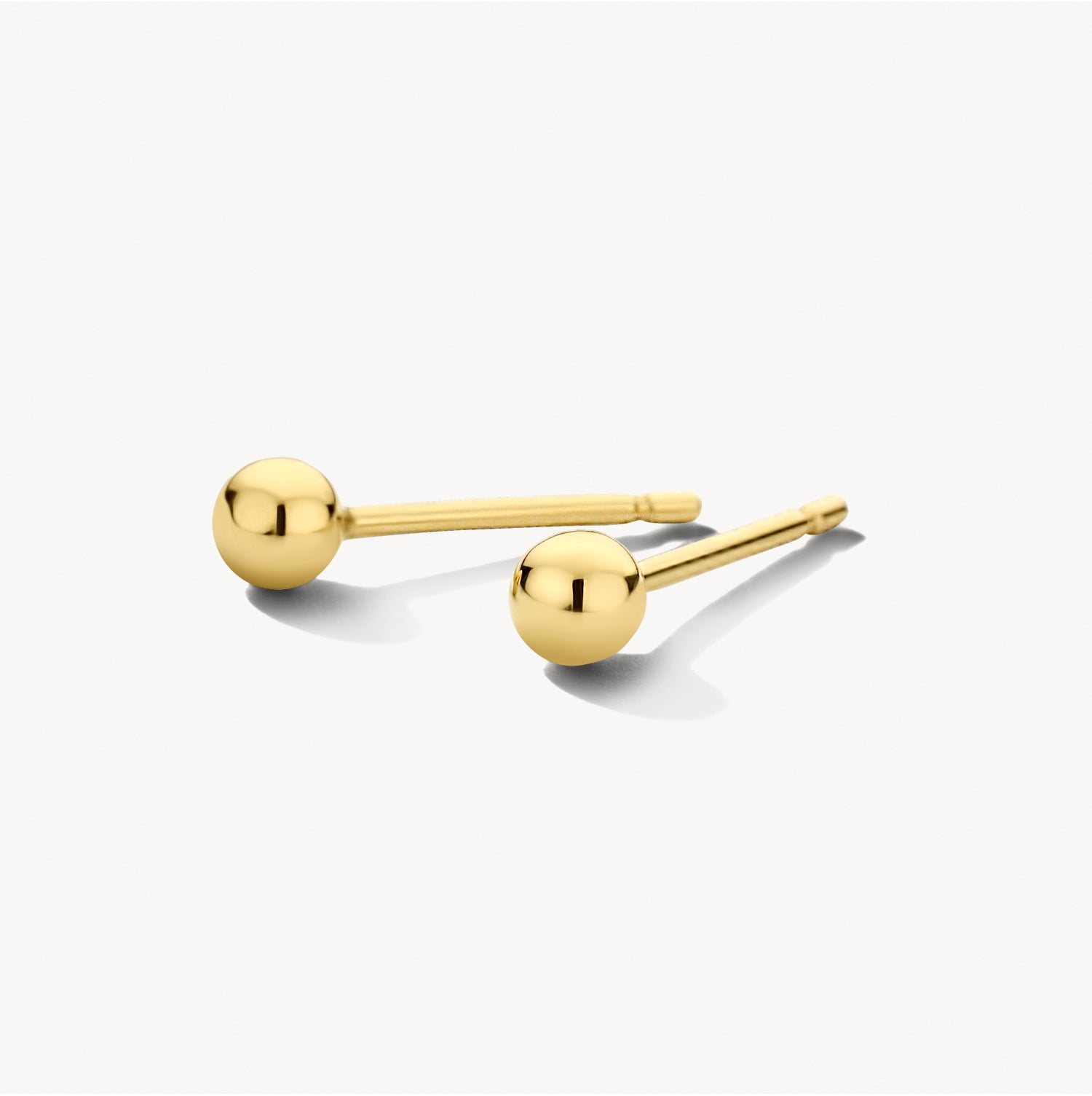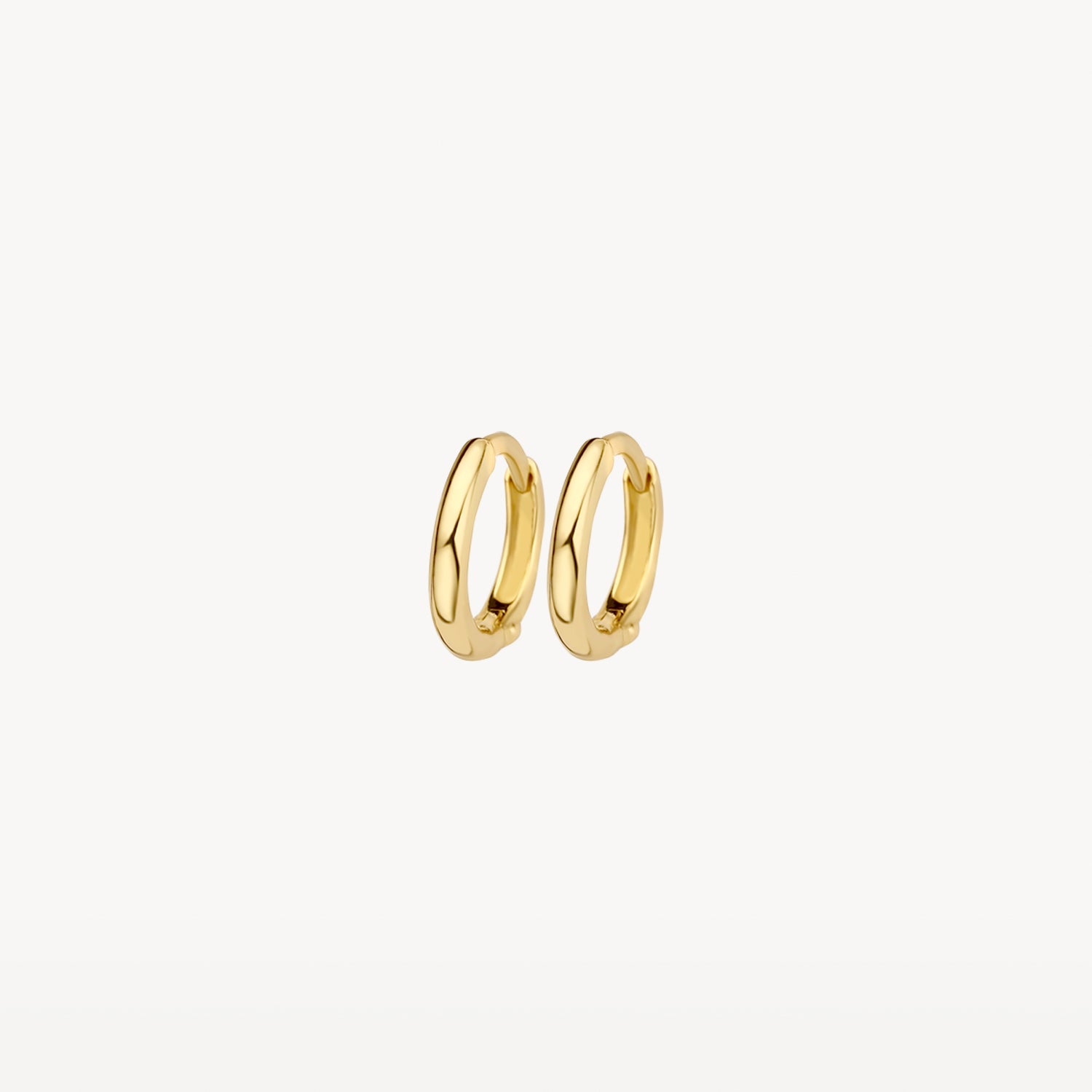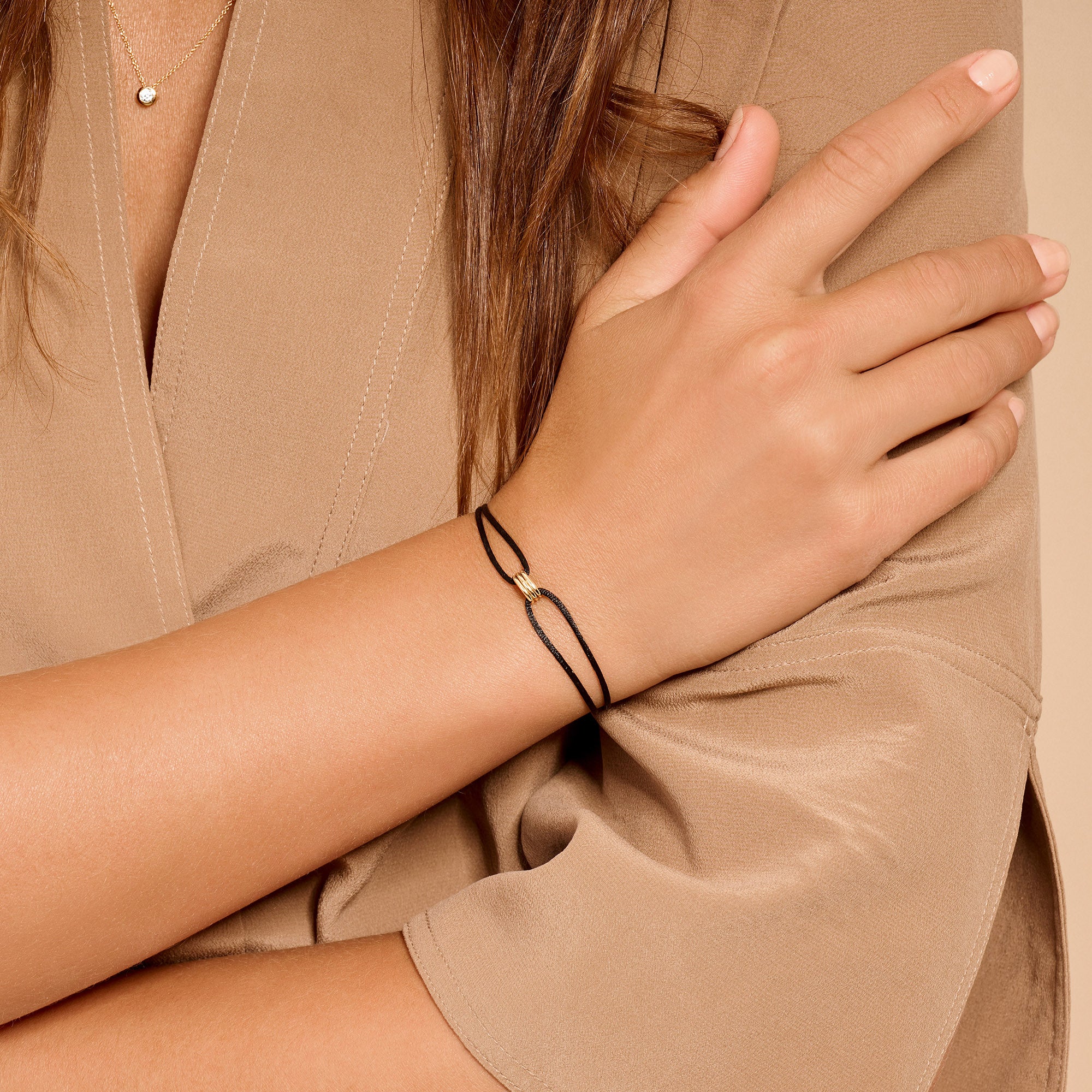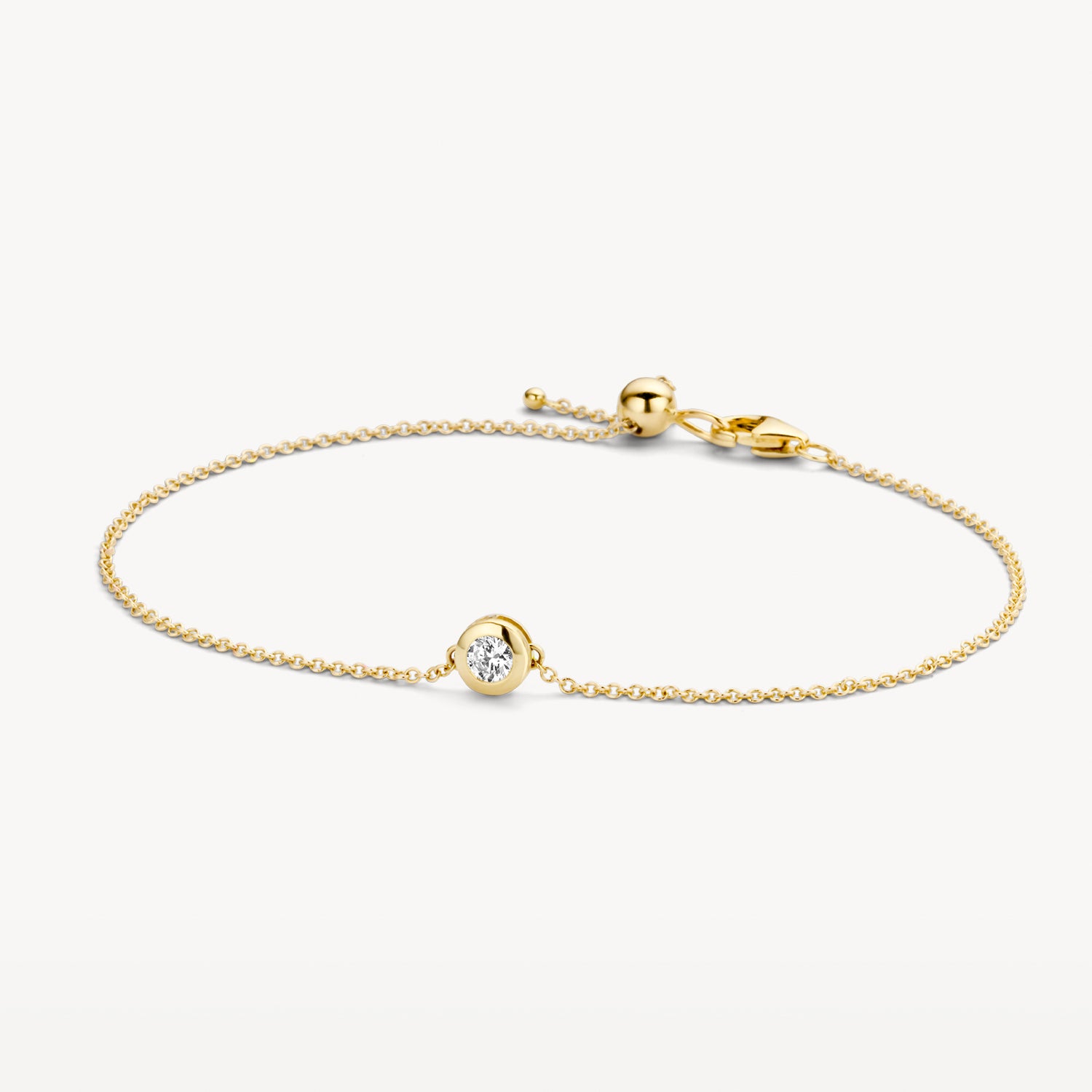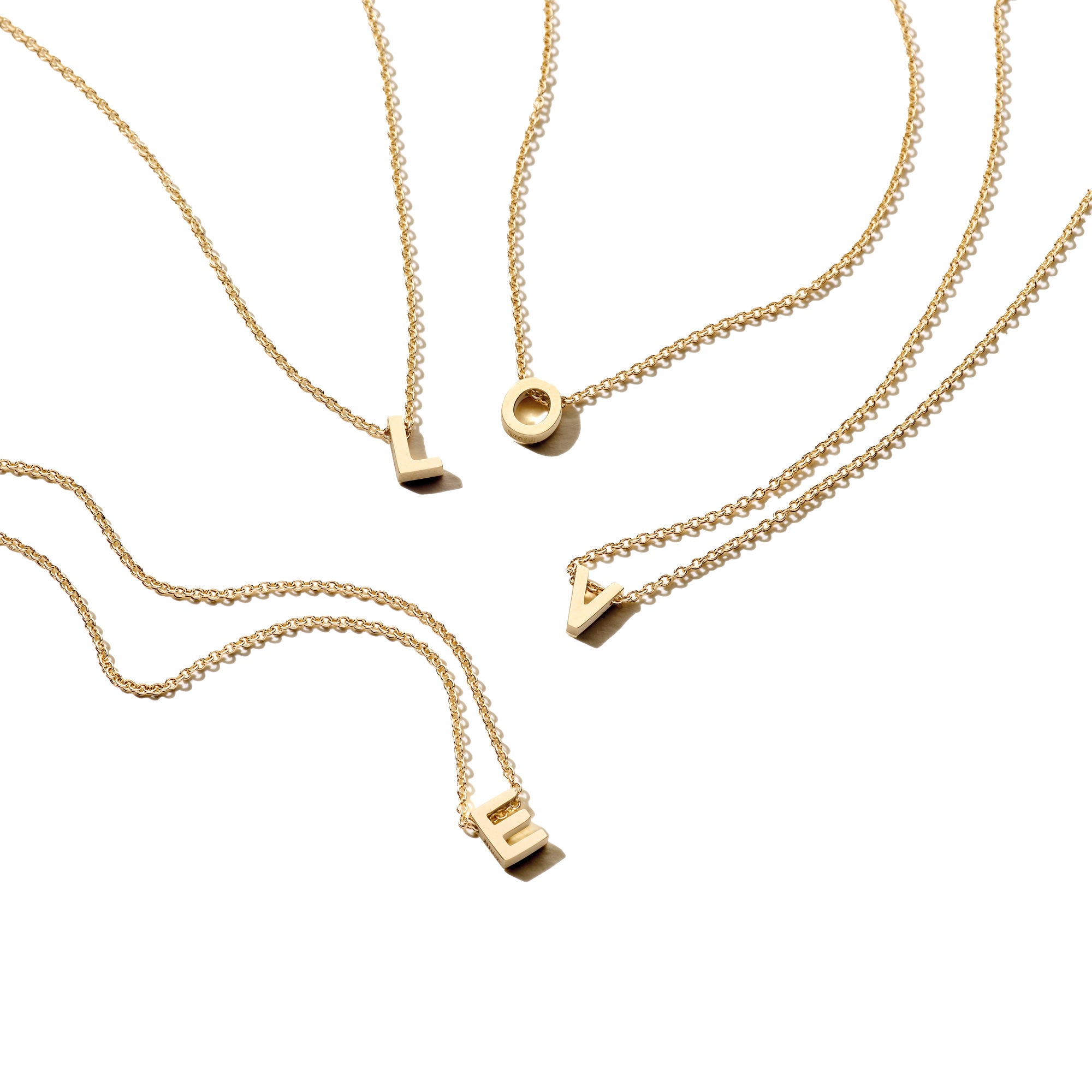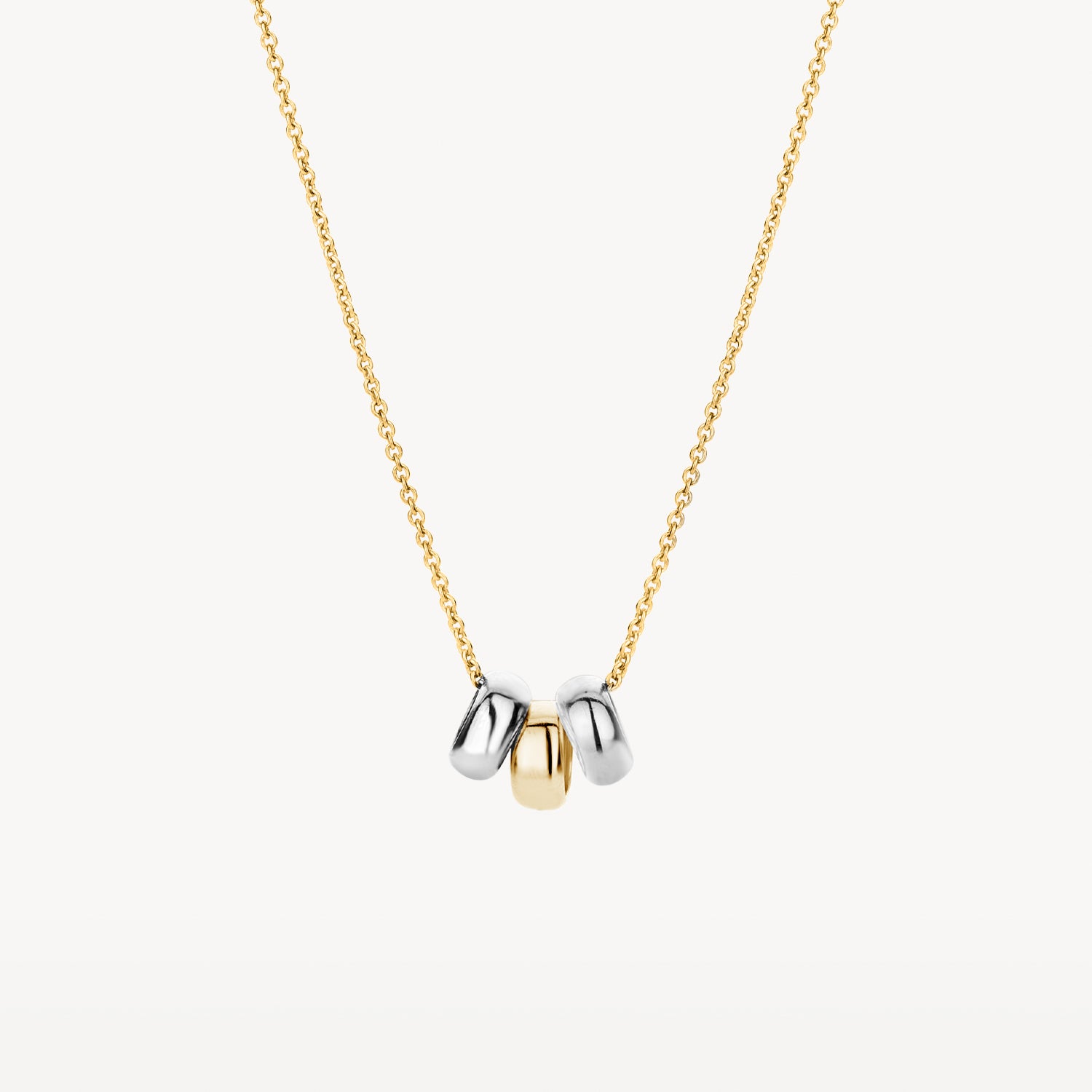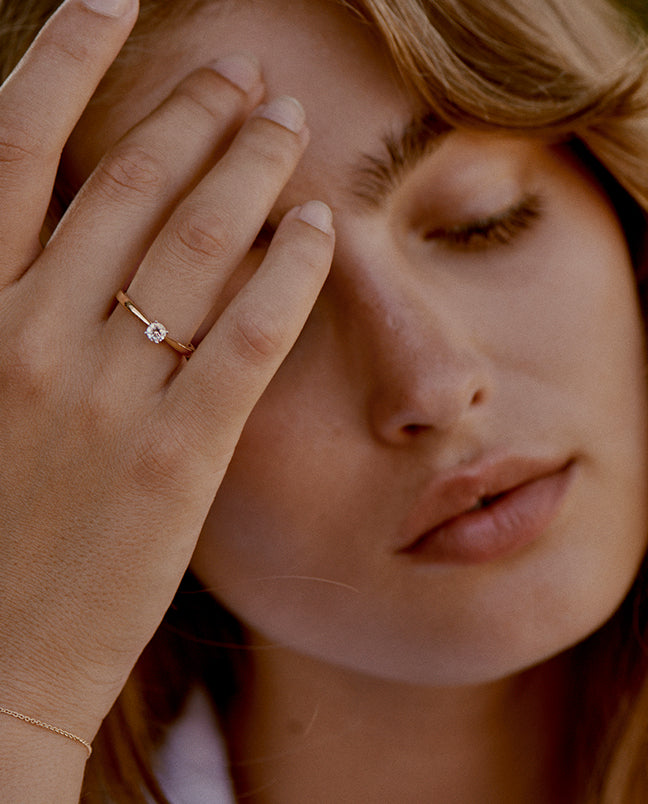Many of the gold jewellery pieces from Blush Jewels contain 'stones'. These can include diamonds, zirconias or semi-precious stones such as quartz, agate, onyx or mother of pearl.We never use glue to attach stones, but instead always used what is known as a "setting": a technique for affixing one or multiple stones in a piece of jewellery. Each setting has a specific appearance, therefore influencing the way in which the stones come into their own.
We have set out the various types of setting we use for you below.
Pavé setting

The pavé setting is one of the most commonly-used settings for smaller stones. The stones can be placed close to one another, giving the impression that the many small stones are forming a large one. This allows the stones to stand out in their own right and shine.
Chaton setting

Illusion setting
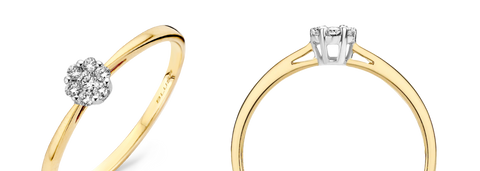
The illusion setting resembles the chaton setting, but features more stones which are affixed with wire legs, together giving the 'illusion' of a larger stone.
Rail setting

In a rail setting, a groove is made in a ring or other piece of jewellery into which the stones are slid. This works especially well with rectangular stones, since they fit together seamlessly.
Bezel setting

To make a bezel setting, a hole or several holes are drilled in the piece of jewellery, large enough for the stone to fit into it precisely. This results in a sleek, modern look.
One setting has a more modern look, while the another appears playful or modern. The reason why you fall for a particular ring, bracelet, earring or necklace may be very different, but the type of setting will certainly influence your choice.
